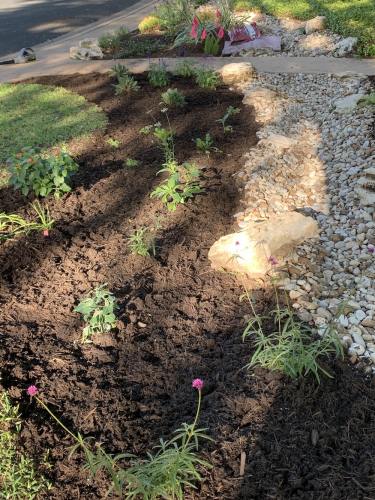Plant This! Lyre leaf sage
This lovely spreading ground cover produces tall, electric blue blooms for 4-6 weeks in spring. 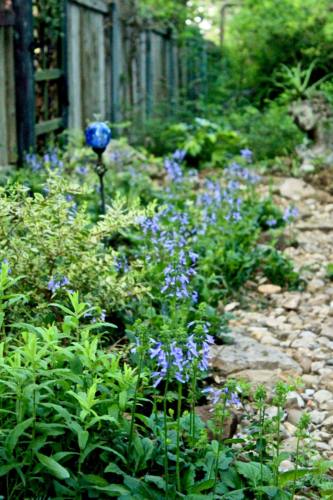 Perfect for any shady or semi-shady spot, lyre leaf sage shows off before much of the summer garden wakes up.
Perfect for any shady or semi-shady spot, lyre leaf sage shows off before much of the summer garden wakes up.
Green and purple foliage adds interest once the blooms have finished. About 1-2 feet tall when it blooms, it spreads quickly, so make sure you give it enough space to roam. I’ve planted it in my woodland shade garden, pairing it with ferns, black scallop ajuga, ground orchids and columbine.
Check it out – you’ll be glad you did.

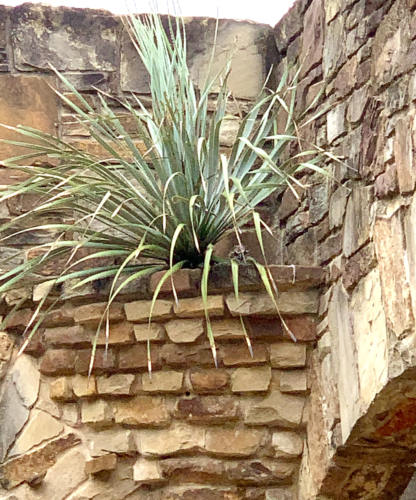
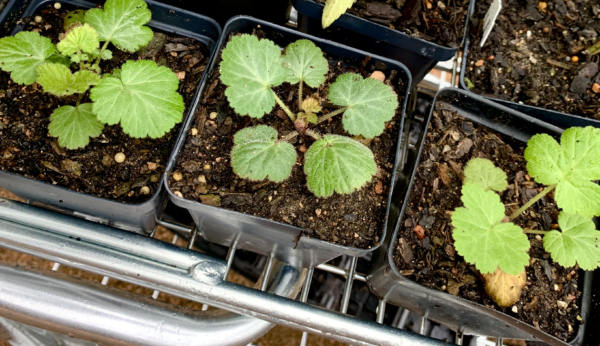

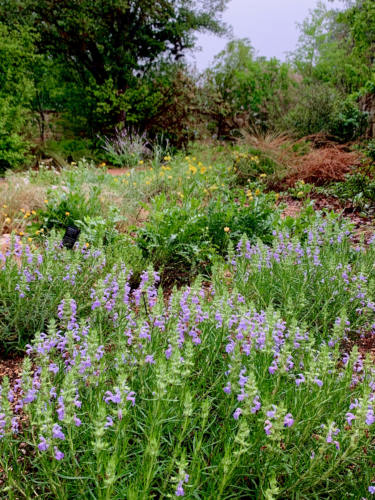
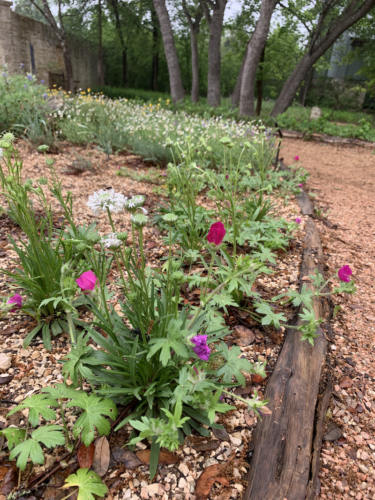
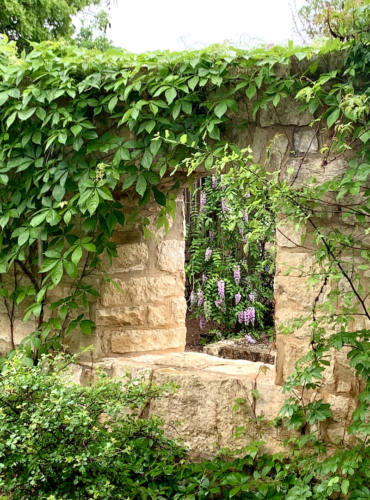
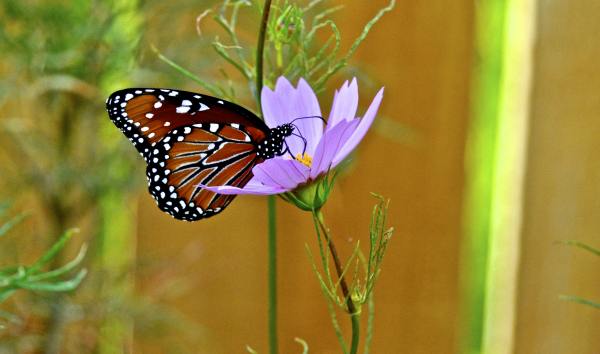
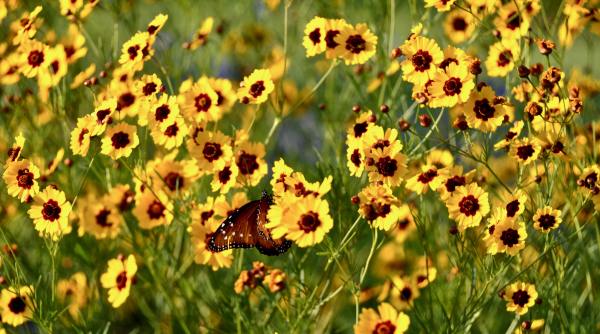
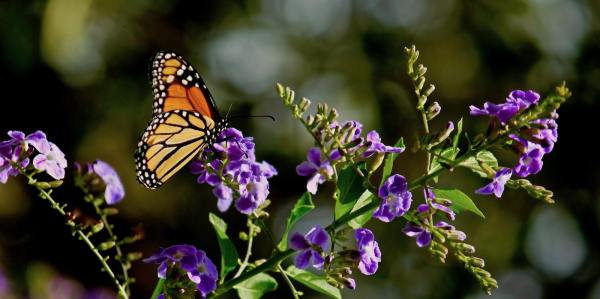
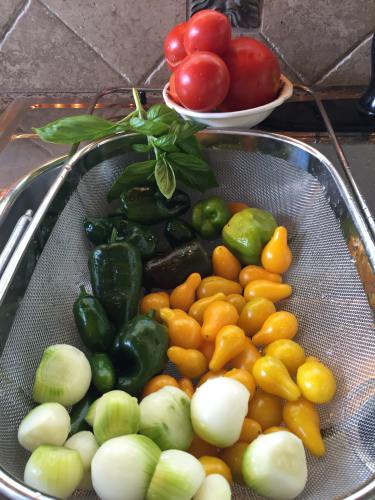 Many would-be vegetable gardeners are thwarted by a lack of experience or space, impenetrable rocky soil or clay, or a shortage of sunshine. With limited space on a balcony or patio, too much shade or landscape conditions that aren’t conducive to vegetable gardening, what’s a wannabe green thumb to do?
Many would-be vegetable gardeners are thwarted by a lack of experience or space, impenetrable rocky soil or clay, or a shortage of sunshine. With limited space on a balcony or patio, too much shade or landscape conditions that aren’t conducive to vegetable gardening, what’s a wannabe green thumb to do?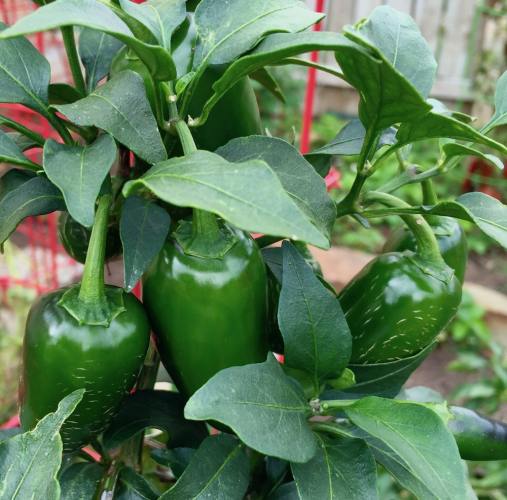 There are many other container options for inexpensive and moveable mini-gardens, too. Consider large 5-gallon plastic buckets, leftover from house projects. Other options include wooden barrels, galvanized tubs, even bushel baskets. Just make sure the container has adequate drainage by poking holes in the bottom. And, if you’d rather not look at a white plastic pickle bucket housing your tomatoes, you can spray paint your container to match any garden decor. Make sure the container is safe, and not treated in any way with toxic materials.
There are many other container options for inexpensive and moveable mini-gardens, too. Consider large 5-gallon plastic buckets, leftover from house projects. Other options include wooden barrels, galvanized tubs, even bushel baskets. Just make sure the container has adequate drainage by poking holes in the bottom. And, if you’d rather not look at a white plastic pickle bucket housing your tomatoes, you can spray paint your container to match any garden decor. Make sure the container is safe, and not treated in any way with toxic materials.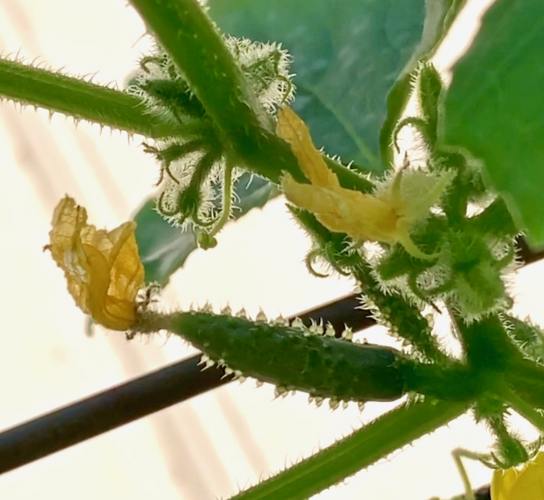 Use the right size planter. Smaller containers work for herbs, but for veggies, make sure your pot is big enough and has drainage holes in the bottom. One of the most important things you can do to ensure success is to use a big enough container—the bigger, the better. For one indeterminate tomato plant, for example, you need a container that is at least 1 square foot, but 2 square feet is better. Five-gallon buckets (with holes drilled) are the perfect size for one plant.
Use the right size planter. Smaller containers work for herbs, but for veggies, make sure your pot is big enough and has drainage holes in the bottom. One of the most important things you can do to ensure success is to use a big enough container—the bigger, the better. For one indeterminate tomato plant, for example, you need a container that is at least 1 square foot, but 2 square feet is better. Five-gallon buckets (with holes drilled) are the perfect size for one plant.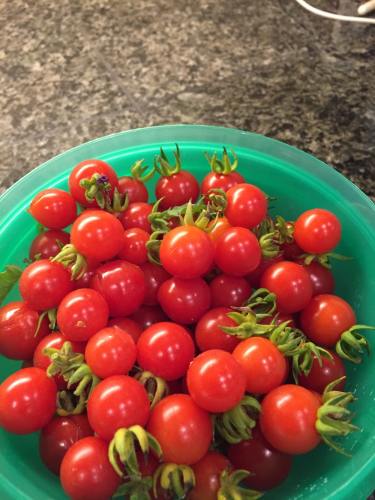 Be sure to water regularly to keep plants happy and healthy. Keeping your containers near a water source will make regular watering easier.
Be sure to water regularly to keep plants happy and healthy. Keeping your containers near a water source will make regular watering easier.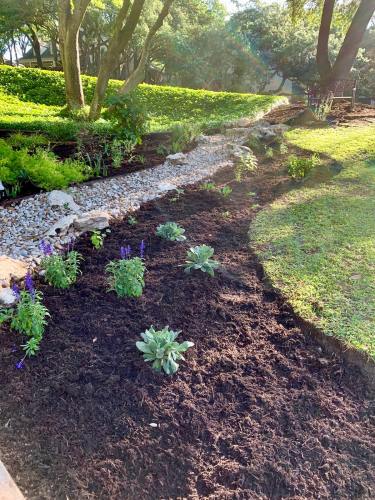
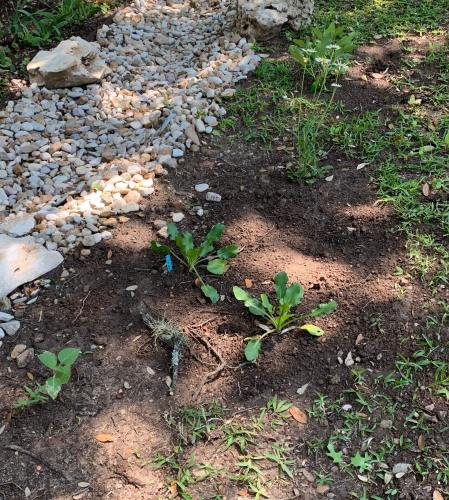 Having filled the new beds that I created along the dry creek, I decided I needed some more plants.
Having filled the new beds that I created along the dry creek, I decided I needed some more plants.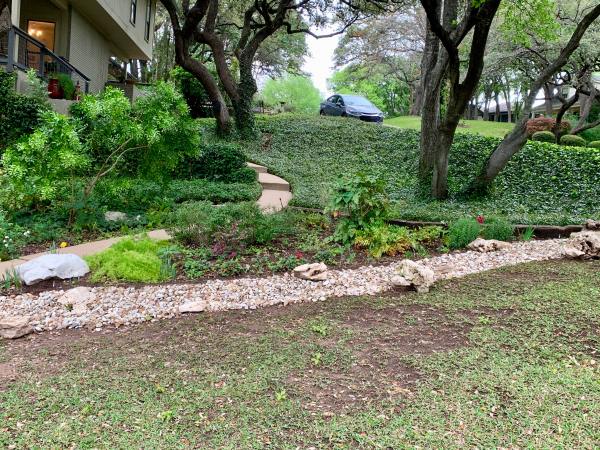 Here’s the before photo. When we moved in, there was little to no grass because of dense shade of over gown trees.
Here’s the before photo. When we moved in, there was little to no grass because of dense shade of over gown trees.